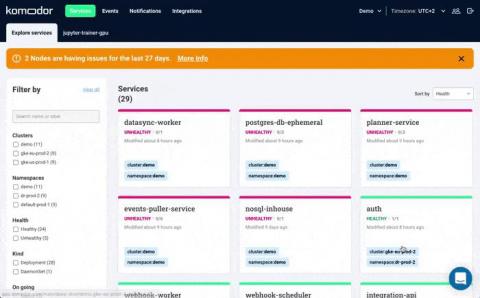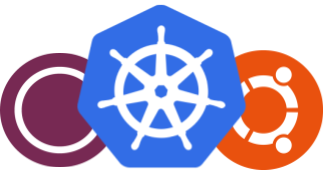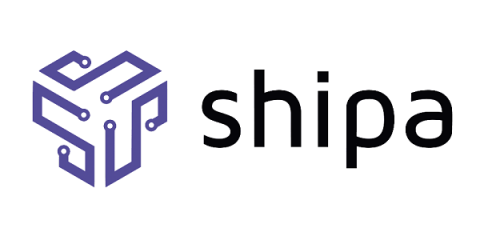How to Monitor Calico's eBPF Data Plane for Proactive Cluster Management
Monitoring is a critical part of any computer system that has been brought in to a production-ready state. No IT system exists in true isolation, and even the simplest systems interact in interesting ways with the systems “surrounding” them. Since compute time, memory, and long-term storage are all finite, it’s necessary at the very least to understand how these things are being allocated.










